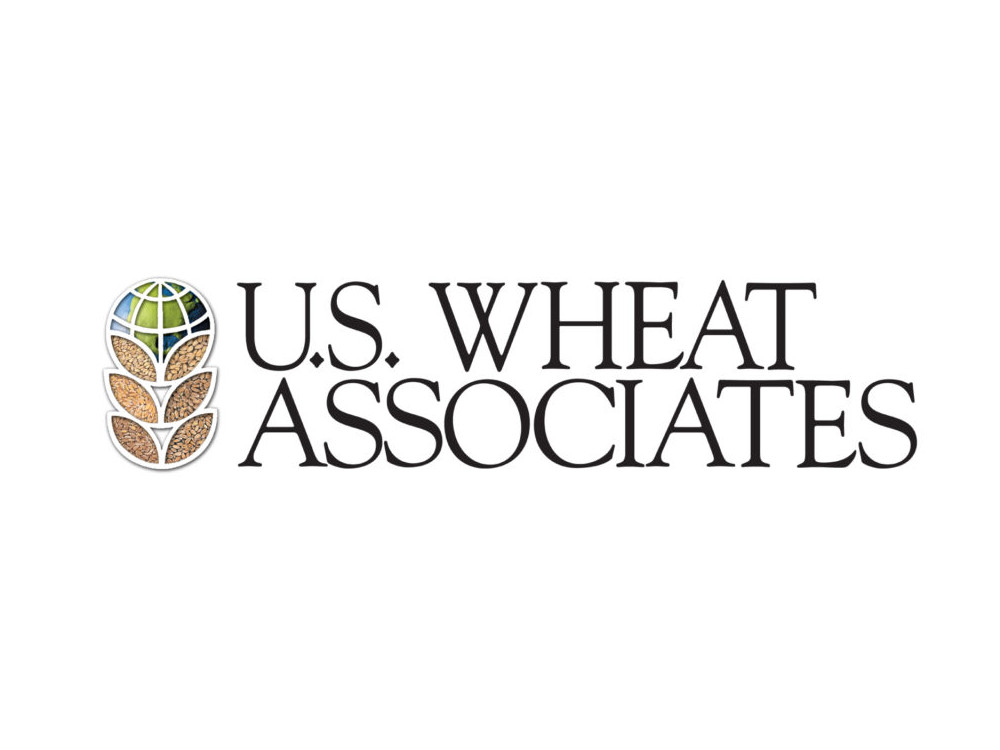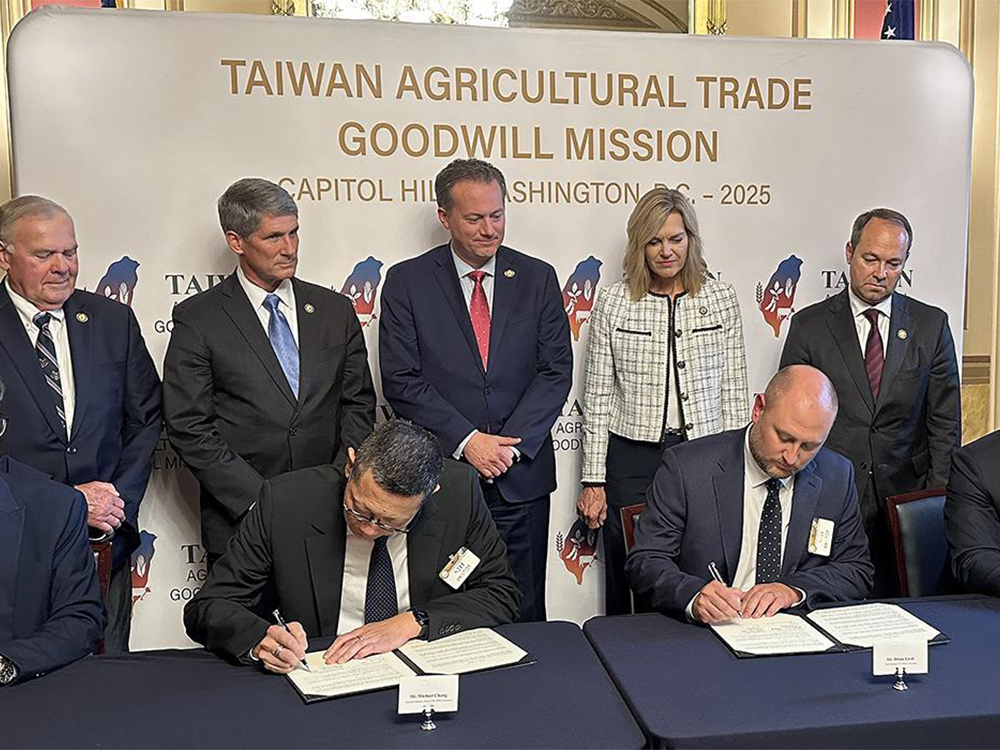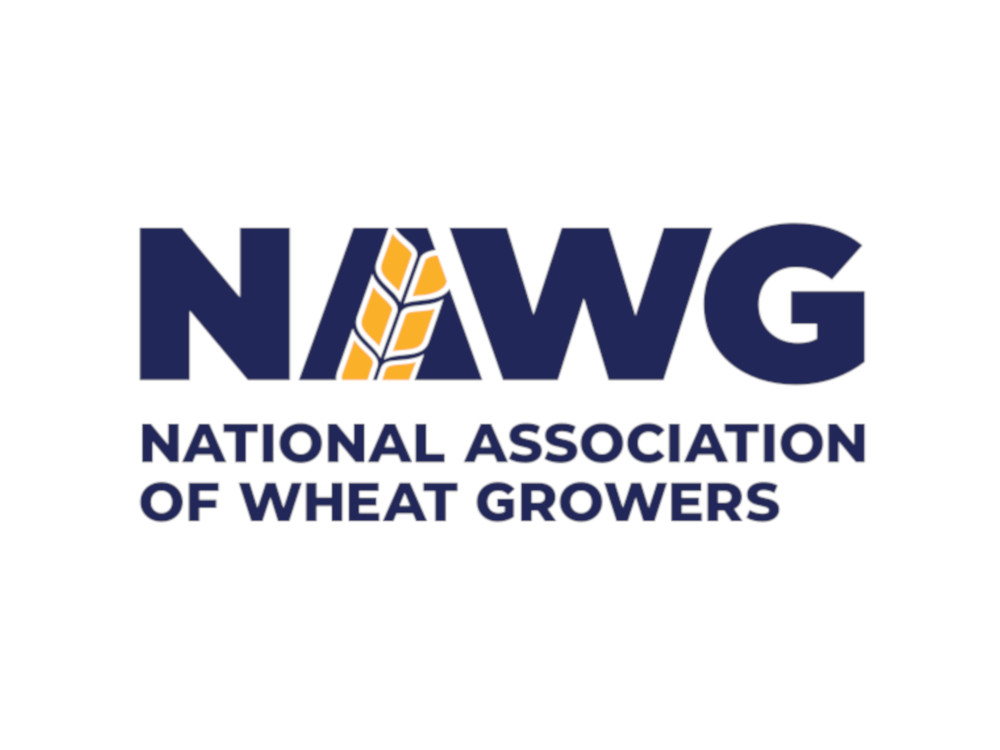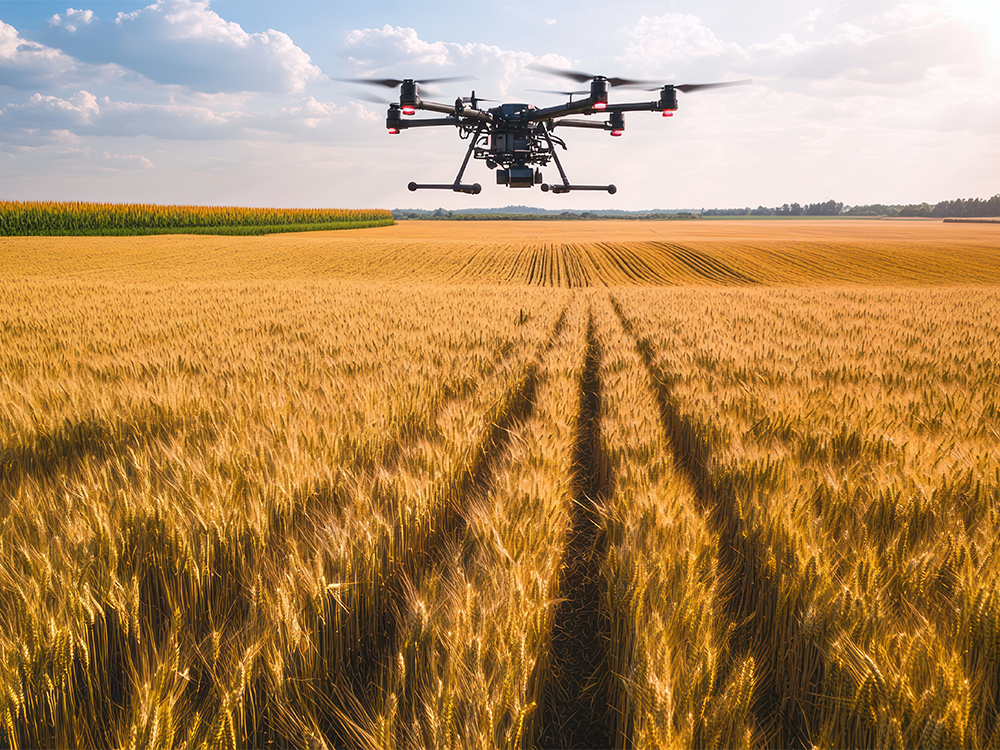By Betsy Jensen, author of Taming the Bulls & Bears, a column featured in Prairie Grains Magazine.
Not a day goes by without hearing something about the left- and right-wing media. This newspaper is liberal, this TV station is conservative, everyone is lying and distorting the truth.
There is certainly some truth to media bias, but is it really lying? You can just cherry pick the stories to report, and they can be the ones that favor your beliefs. The price of eggs is up, but the price of gas is down. Which story should you report?
Now instead of politics, substitute your grain marketing information. Do you want to hear the stories of problem crops in this state, or listen to stories of bumper crops in other states?
Farmers, you are the original biased media consumers. I have a much better day when I listen to reports that confirm prices are likely to rise and ignore the headlines that indicate the market will likely drop. Huge, unexpected export sales? Wonderful and I cannot wait for higher prices. Reports of bumper crops? In my head I only hear something that sounds like Charlie Brown’s teacher.
Reports of bad and good crops are accurate and factual. Every year there are bumper crops and disaster areas. Our decision to pay more attention to the reports that we like and confirm our beliefs is what skews our marketing plans. And if you have a bad crop in your immediate area, your price bias is nearly impossible to overcome. Of course, prices must go higher, just look out the window.
When I give marketing presentations, I always cross my fingers that prices are higher that day. No one wants to talk marketing when wheat is down ten cents that day. If the market is higher, I can be the hero that talks about the wonderful commodity markets.
The market can drop for two weeks in a row, but if we finally get a move higher it makes everyone smile and believe the trend has turned. As farmers we are wired to believe better prices are just ahead of us.
When you are placing orders and setting targets, be mindful of your bias. Of course, I believe prices are going higher, but I may need to lower my targets if they remain unfilled for too long.
We have some non-bias indicators to help us create marketing plans. Seasonality and technicals are general indicators that give guidelines without bias. The bad news about technicals is that if we try hard enough, we can find one to tell us prices are going higher.
My favorite nonbiased marketing aid is the carrying charge. I preach this to all my farmers, in every presentation, and this fall it is even more important. Even soybeans have a carrying charge this year, and that is rare. Today we can sell 2026 crops at higher prices than 2025. The market is rewarding farmers who plan ahead, even a year in advance. That does not help us with 2025 marketing, but it may be a small nudge for making some small 2026 sales.
If you have a target of $7 wheat or $11 soybean futures, look to fall 2026 and those prices may be attainable.
If you have storage for your 2025 crop, you can get a better price by contracting for delivery later in 2025 or into spring 2026. There are calculators to help you factor storage expenses like interest and grain drying. This year the carry is more than enough to pay for those expenses.
As you harvest your 2025 crops, take a step back and acknowledge your biases. Read more than one advisory service. Listen to the closing markets on the radio. Try not to cherry pick your headlines. There will be reports of disappointing and bumper yields. Try to make decisions without being overwhelmed with information.
I wish I could assure you that prices will rally and be profitable in 2025. I could be the hero if I made that promise. You could close the magazine with a giant smile, head to the combine and start dreaming of your next capital purchase. But you are smart enough to recognize your bias, right?






